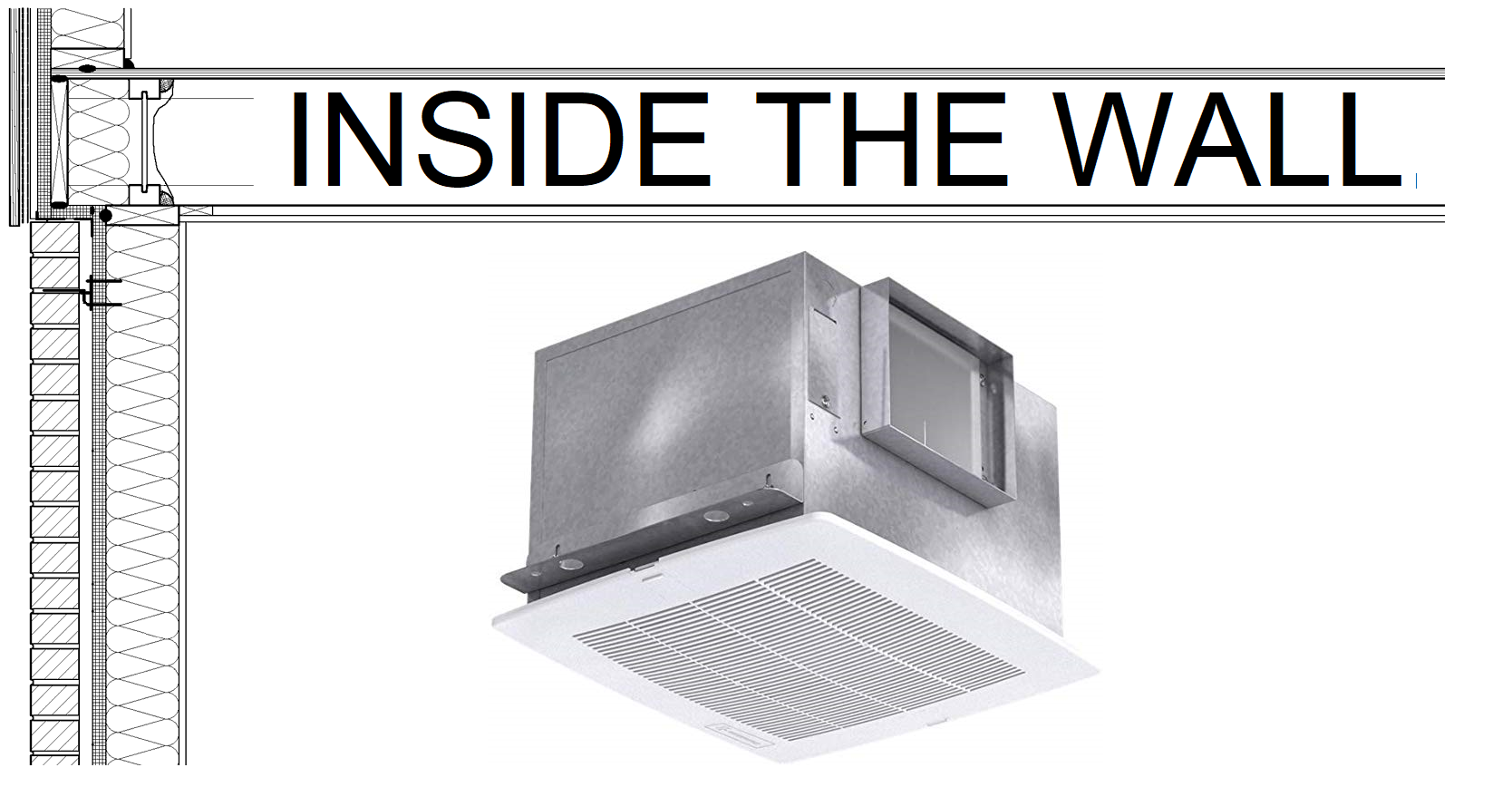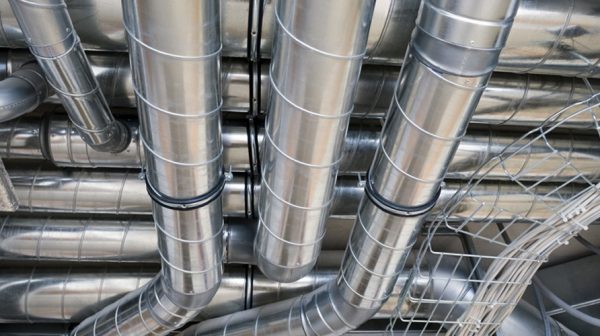In this edition of “Inside the Wall” we’ll take a look at restroom exhaust fans. You might be familiar with what an exhaust fan looks like and how they work, but just why are they installed in every restroom and how are they selected? (There isn’t just one-size-fits-all, unfortunately.)
The primary purpose of a restroom exhaust fan is to protect your home by removing warm moist air generated by showers and bathtubs. The air may feel good to you when you get out of the shower, but in the long run it could lead to mold growth and minor water damage from condensation build up. It also does a great job at removing odors or at the very least keeping them contained to the bathroom by putting the room under negative pressure from the rest of the building. The fan removes the foul air and blows it to the exterior or it may dump it into a properly ventilated attic (if allowed by code).
As I mentioned in the opening paragraph, not all exhaust fans are the same size. They are rated by the amount of air they move in cubic feet per minute (CFM). In commercial construction, code typically dictates 50 CFM per fixture but there are some special cases as well. It may also be a good idea to size a fan based on the number of air changes per hour (the number of times each hour all the air in a space is replaced). For a restroom, you typically want 8 air changes per hour which may or may not match the code requirement of 50 CFM per fixture. Depending on this result you might want to increase the amount of air removed, but you can’t go any lower than the code requirement. Fans also come with optional features like lights or heaters and they can vary greatly in how loud they are.
It’s great that we are removing foul air, but it has to be replaced and that has to come from somewhere, right? There are lots of sources for air to enter a room. Often a builder will undercut a restroom door to allow for airflow into the room. You can often feel this with your bare feet if you stand next to the door when the fan is on. Air can also come through the air conditioner register (whether the HVAC system is running or not) and also through any leaks in exterior walls or windows.
One of the downsides of exhausting any type of air is that its replacement must be conditioned. A energy recovery device can be used to provide the replacement air and transfer energy from the exhaust air into the new air so that you don’t lose too much heat. There is a lot more to an ERV system, but we’ll have to save that for another post.
Exhaust fans may seem like a pretty standard piece of equipment, but they are an important part of the building system. That is, as long as they get turned on…
At Forward Engineers, we seek to not only be a design and consulting firm but to also educate our clients about engineering technology. While doing so, we inevitably refresh our own knowledge and sometimes even learn something ourselves. If you are seeking to work with an engineering firm that is client-centered and strives to provides services that are on time, on budget and exceed expectations, please contact us. We would love to work with you on your next project!




